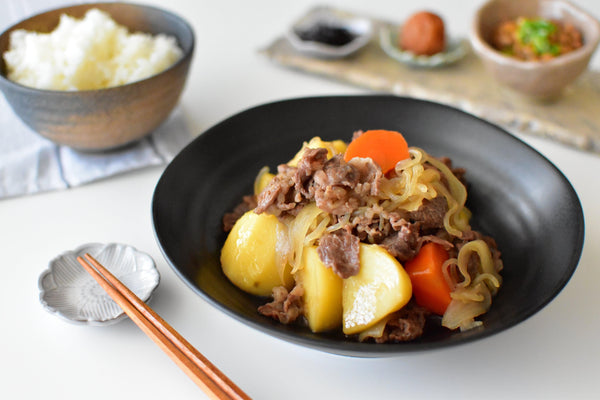
How To Make Nikujaga (Meat and Potato Stew)
“Nikujaga” is one of the basic Japanese homemade dishes that everyone knows in Japan. It is a dish that evokes memories of home―often reminding people of their mom’s cooking, and many Japanese feel a sense of nostalgia when they eat it.
As you can see, it is made with meat and vegetables, which are simmered in a pot with sweetened soy sauce-based seasonings. The most important ingredients are “meat (Niku in Japanese)” and “potato (Jagaimo in Japanese)”, which lead to the name of the dish. Other than these two ingredients, we usually add onion (which adds sweetness), carrot (which adds color and sweetness), and sometimes Shirataki noodles (which add a chewy texture). These ingredients are accessible and usually stocked at home, meaning you can make Nikujaga anytime you want!
As for the meat, beef or pork is typically used in making Nikujaga. When selecting the meat, it is important to ensure it contains an appropriate amount of fat, as lean meat can become tough when cooked. Keeping these ingredient selection tips in mind will help you make your own delicious Nikujaga.
Another key to making Nikujaga is the simmering process. Simmering for too long can cause the potatoes to break apart, while simmering for too short a time can leave the ingredients uncooked or not yet tender enough.
During the simmering process, seasonings are added to the pot, following the specific order for optimal taste penetration. The order is “Sa, Shi, Su, Se, So”, representing the fundamental Japanese seasonings. This means Sa=Sato (Sugar), Shi=Shio (Salt), Su=Su (Vinegar), Se=Shoyu (Soy Sauce), So=Miso. When making Japanese dishes, it is not always but is often best to follow this order to ensure the seasonings are smoothly absorbed by the ingredients.
For those interested in these tips, check out our recipe and enjoy making authentic Japanese taste at home!
Overview
Prep time: 10 mins
Cook time: 30 mins
Total time: 40 mins
Total servings: 4
Difficulty: Easy
Ingredients
- 250 g Sliced Beef
- 400 g Potato
- 200 g Onion
- 100 g Carrot
- 100 g Shirataki Noodles
- 1 Tbsp Cooking Oil
- 3 Tbsp Sugar
- 2 Tbsp Mirin
- 2 Tbsp Cooking Sake
- 3 Tbsp Soy Sauce
- 300 ml Dashi Soup Stock (homemade or instant)
Expert's Tip
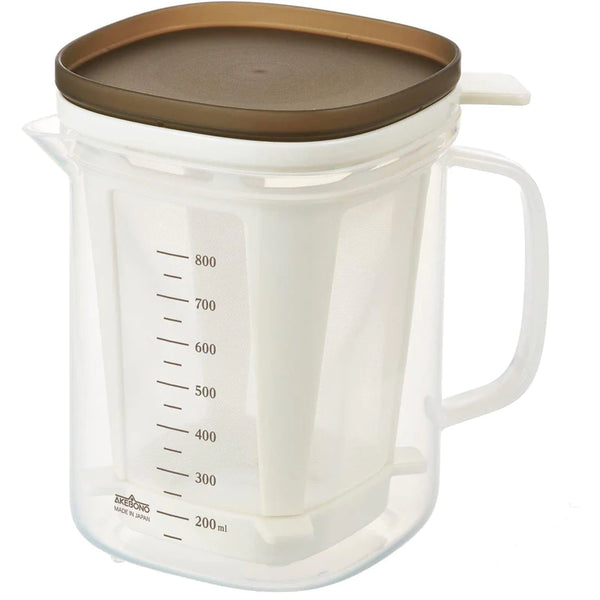
Instructions
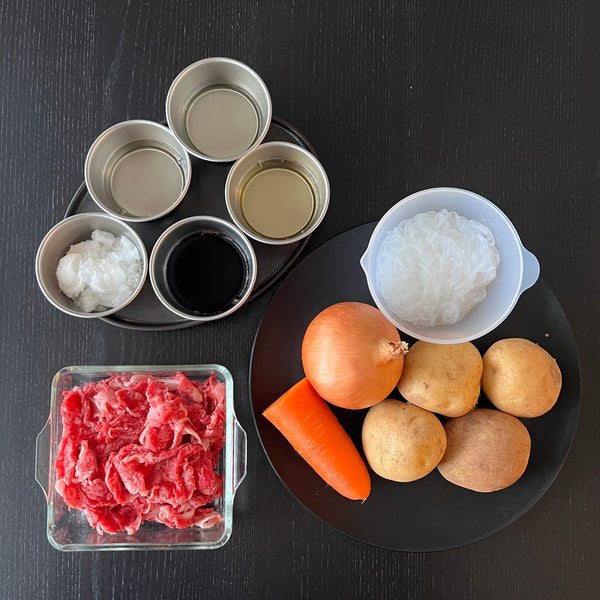
1) Gathering the Ingredients

2) Preparing the Dashi Soup Stock
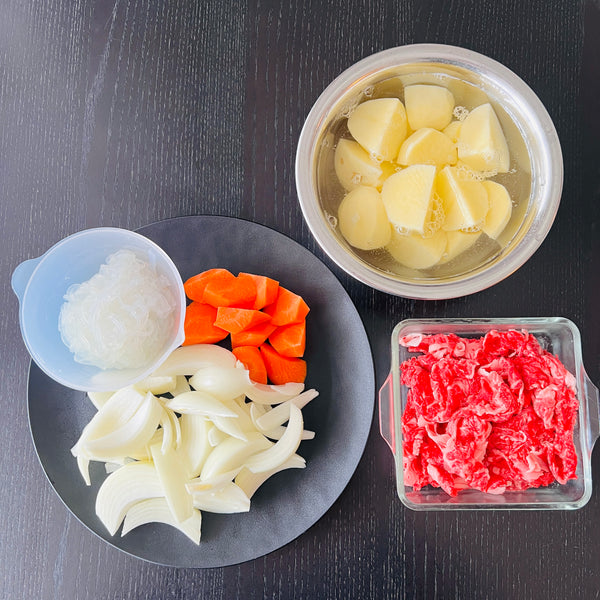
3) Cutting the Ingredients

4) Stir-Frying the Ingredients
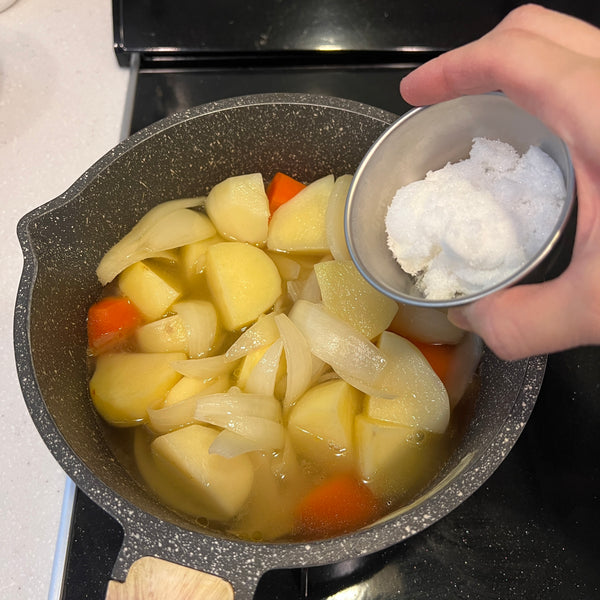
5) Adding the Nikujaga Seasonings
6) Adding the Sliced Beef and Soy Sauce
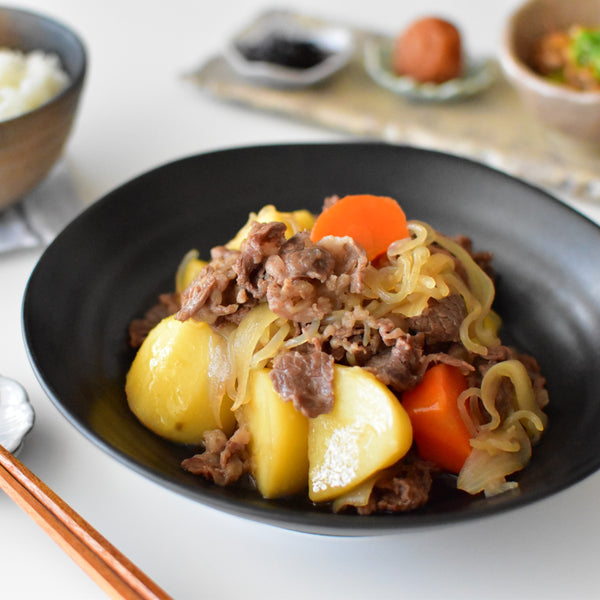

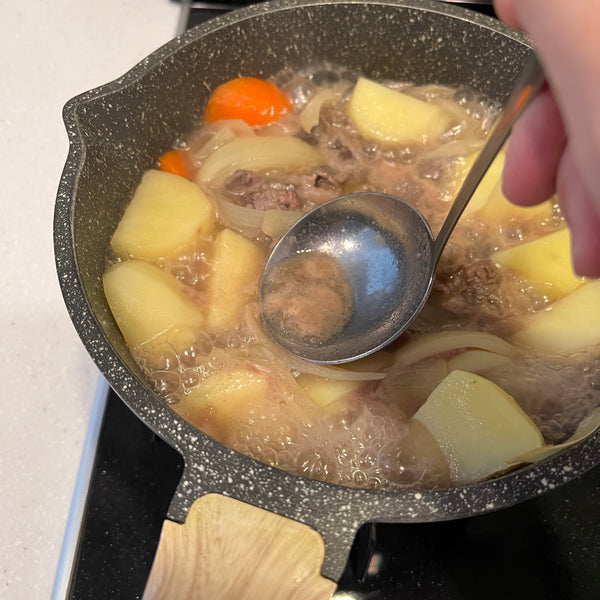


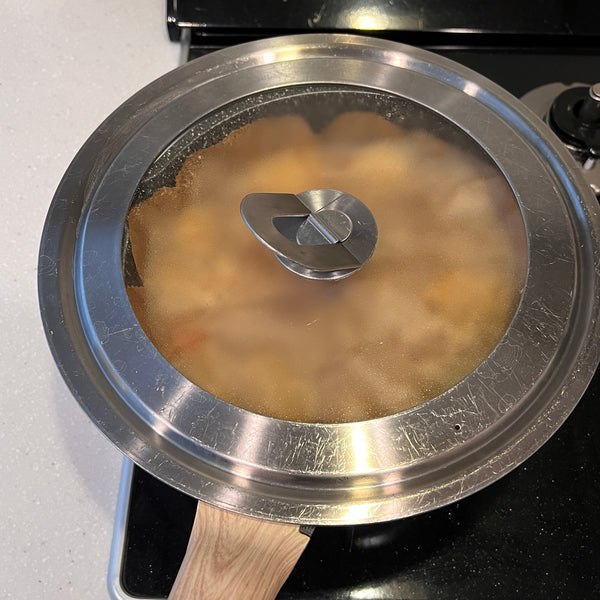

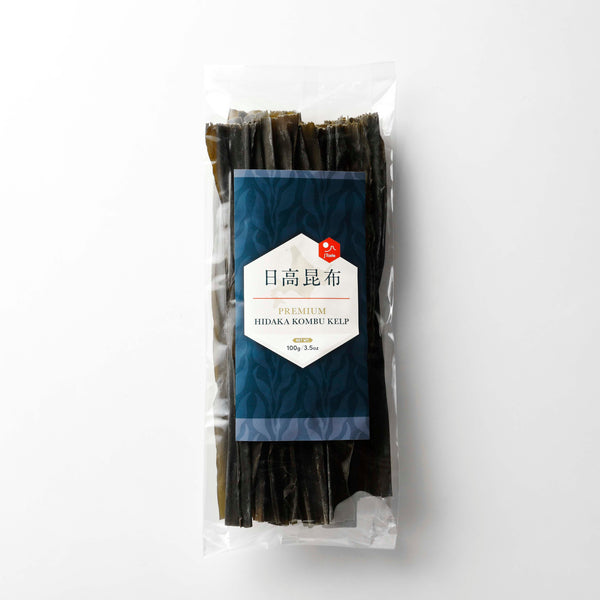
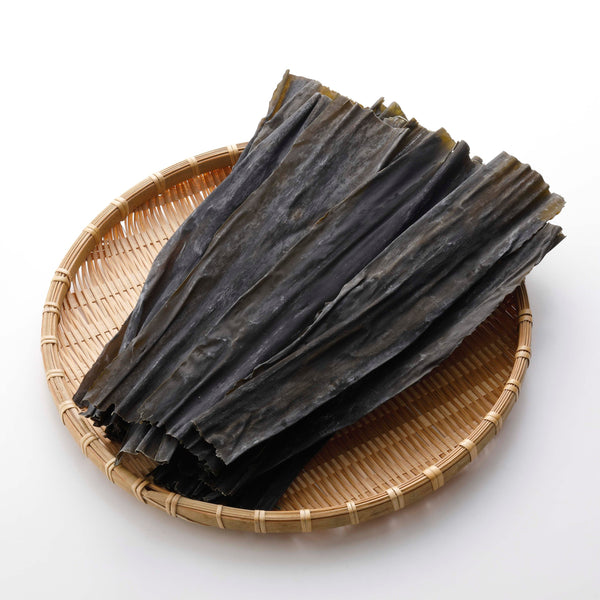
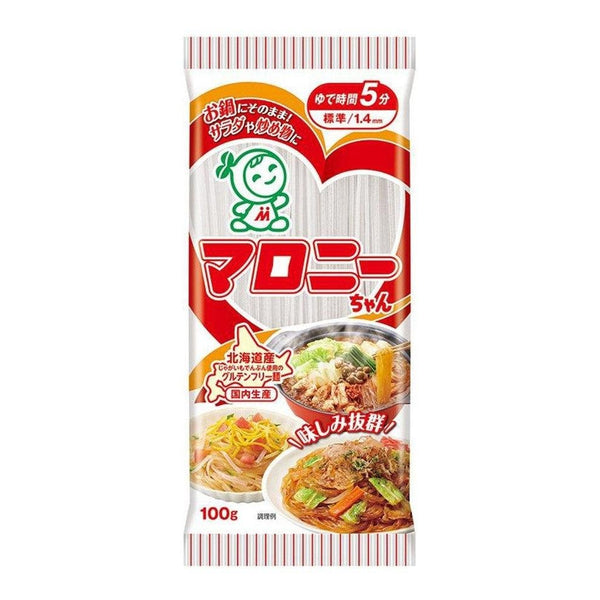


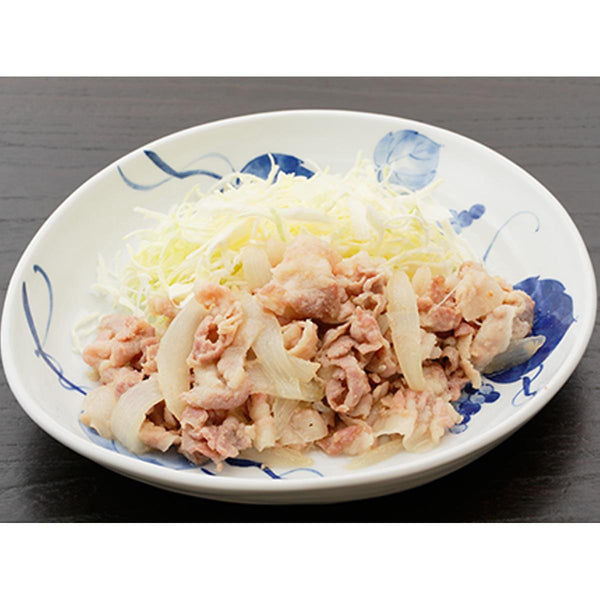
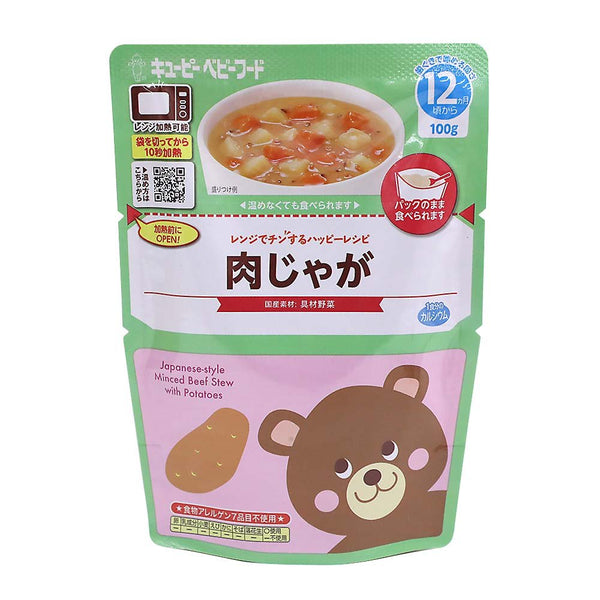
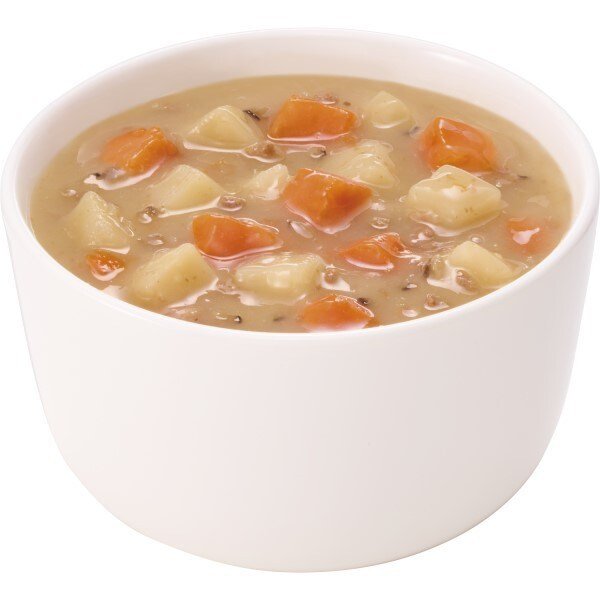
30 comments
Hi Willie, thank you for your comment and suggestion! We are glad to hear that you’re loving your order! By the way, did you know that we have a feature where you can recommend products? If you have any particular tsukemono that you would like to see on our site (it has to be shelf-stable) then please fell free to fill out this form: https://japanesetaste.com/pages/request-a-product
Japanese Taste,
I live in California, grew up in Tokyo… our local Japanese grocery store isn’t able to get my favorite foods anymore, I tried ur website and got my package yesterday… all ordered food in tact! Yay… will be using ur services from now… getting my ramen fix… thank u! Plz add tsukemono!
Willie Moore,
Hi Willie, thank you for your comment and suggestion! We are glad to hear that you’re loving your order! By the way, did you know that we have a feature where you can recommend products? If you have any particular tsukemono that you would like to see on our site (it has to be shelf-stable) then please fell free to fill out this form: https://japanesetaste.com/pages/request-a-product
Japanese Taste,
I live in California, grew up in Tokyo… our local Japanese grocery store isn’t able to get my favorite foods anymore, I tried ur website and got my package yesterday… all ordered food in tact! Yay… will be using ur services from now… getting my ramen fix… thank u! Plz add tsukemono!
Willie Moore,
Hi Willie, thank you for your comment and suggestion! We are glad to hear that you’re loving your order! By the way, did you know that we have a feature where you can recommend products? If you have any particular tsukemono that you would like to see on our site (it has to be shelf-stable) then please fell free to fill out this form: https://japanesetaste.com/pages/request-a-product
Japanese Taste,
I live in California, grew up in Tokyo… our local Japanese grocery store isn’t able to get my favorite foods anymore, I tried ur website and got my package yesterday… all ordered food in tact! Yay… will be using ur services from now… getting my ramen fix… thank u! Plz add tsukemono!
Willie Moore,